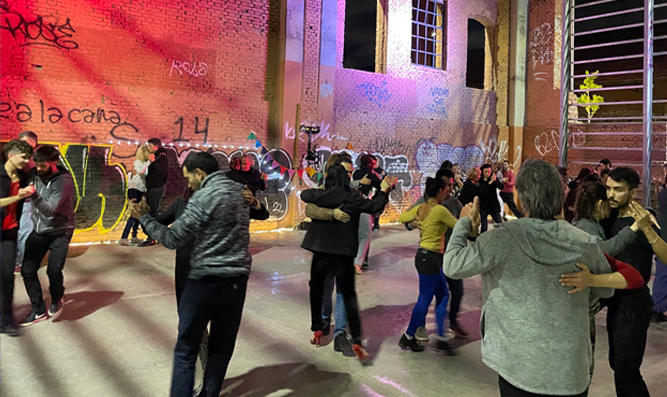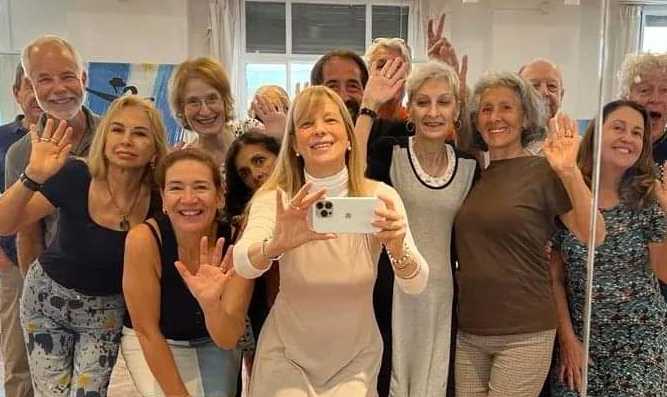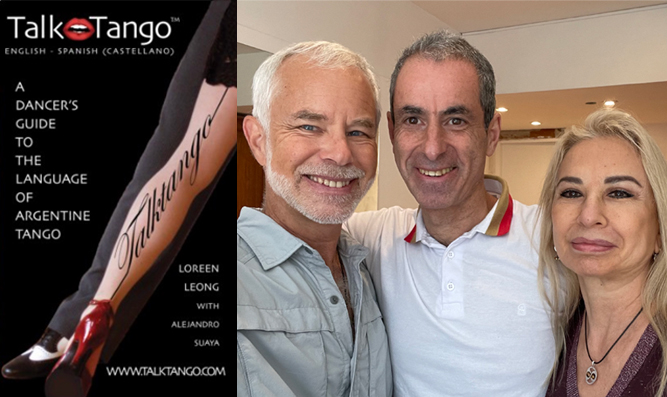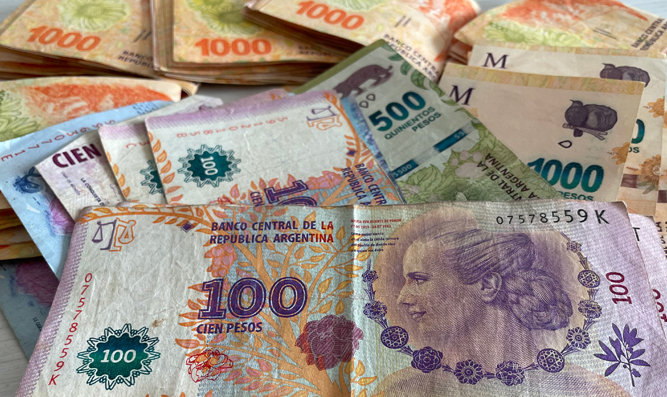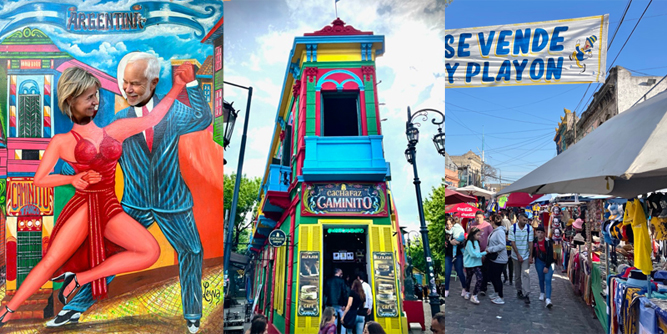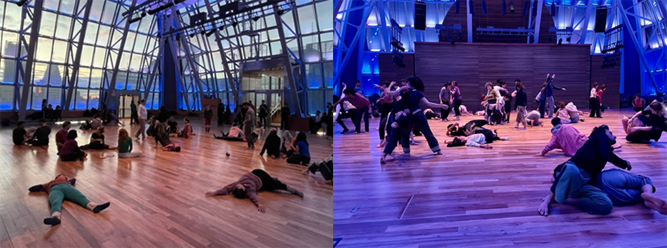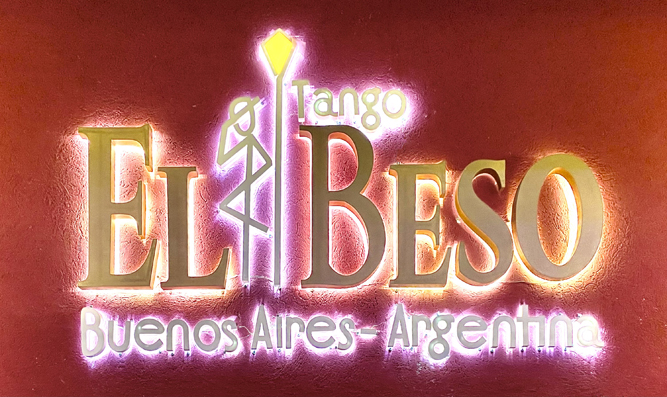 El Beso (located just three blocks from my AirBnB in Buenos Aires)
El Beso (located just three blocks from my AirBnB in Buenos Aires)
I just got back from three weeks dancing tango (and practicing Spanish) in Buenos Aires. Long on my bucket list, it was my first trip to the birthplace of tango. I was traveling alone, but I was very fortunate that my AirBnB hostess, Liliana Perez, happened to be a tango dancer! She introduced me to the dance community, showed me around town, and helped me with practical concerns.
Numerous milongas and practicas happen each day and night. Some are quite crowded (milonguero style only), and the quality of dance varies from person to person as it does here in the States. A helpful resource is Hoy Milonga where you can view each day's scheduled events.
Tango schools abound too. My school of choice was Escuela Mundial de Tango, directed by Gabriela Elias, centrally located on the pedestrian street, Florida. They offer high quality, yet affordable, group and private lessons.
My private instruction was through Alejandro (Turco) Suaya, a master of tango dance and music. He also generously gifted me a copy of his marvelous book which he co-wrote with Loreen Leong – Talk Tango: A Dancer’s Guide to the Language of Argentine Tango
Speaking of Florida (the street where the school is located) this is where you will want to exchange your money. If you use your credit card, you will pay the official rate. But if you bring cash dollars and exchange them for pesos with a money changer, your money will go much further. Walking down Florida, you’ll hear, “¡Cambio, cambio!” The more you exchange (up to $200) the better deal you will get. Note that given Argentina’s nearly 100% inflation, exchange rates change every few days.
Eva Perón is on the 100 peso note (worth about $0.35 at the time).Beyond tango there is much to discover in Buenos Aires, beginning with the friendly “porteños” (residents of the city). These are just some of the folks (all dudes, as it turned out) that I met on my travels through the city.
Left to right: Daniel, Martin, Maximiliano, Owen,Be sure to visit the barrios of San Telmo and La Boca, especially on the weekends when the markets are teaming with artists, vendors, and street performers.
Highlights for me included the swanky neighborhood of Polermo known especially for its beautiful city parks.
Recoleta is an affluent Paris-style neighborhood that includes its historic cemetery of the rich and famous.
Recoleta CemeteryPuerto Madero is a refurbished industrial dockside with restaurants overlooking the Rio de Dique.
Galerías Pacífico is a gorgeous beaux-arts style building built in 1889 and is now a shopping mall. El Ateneo Grand Splendid was built in 1919 as a theater and is now a beautifully ornate bookstore. And the famed Teatro Colón is considered one of the most important opera houses in the world.
Lastly, I attended a contact improvisation "jam" at the Centro Cultural Kirchner. Limited to only 75 people, the lucky few (like myself) had to wait in line for up to an hour. It was well worth it though!


